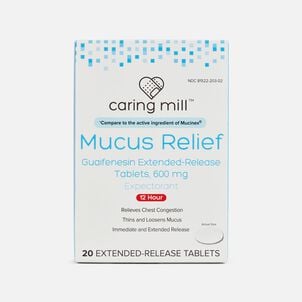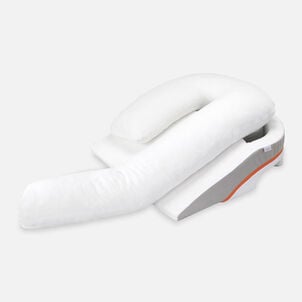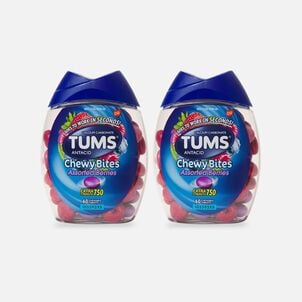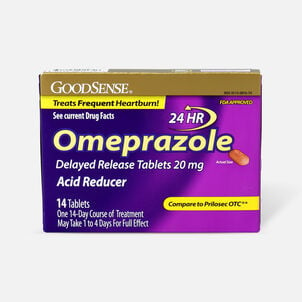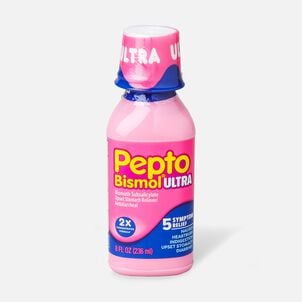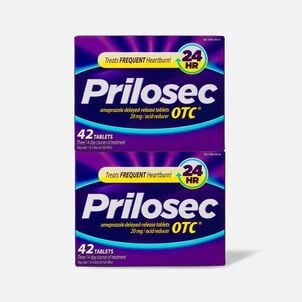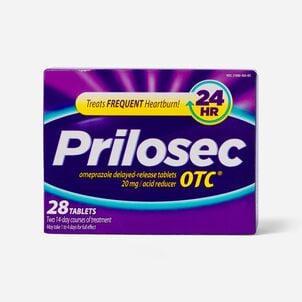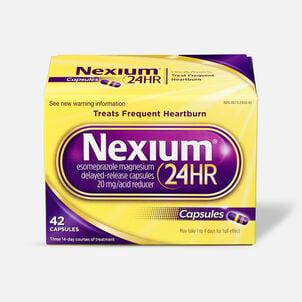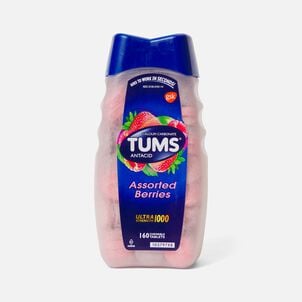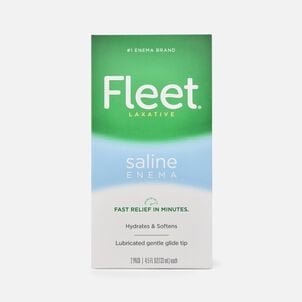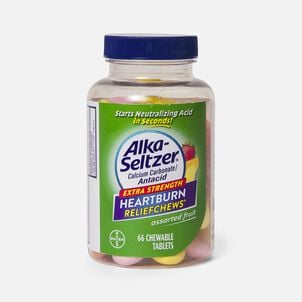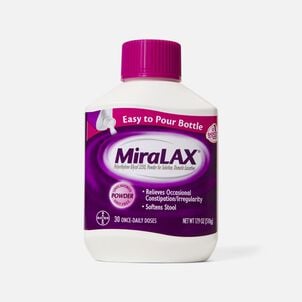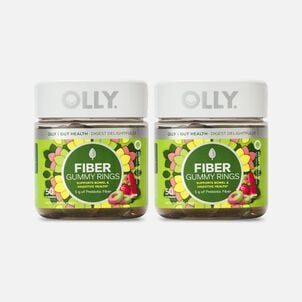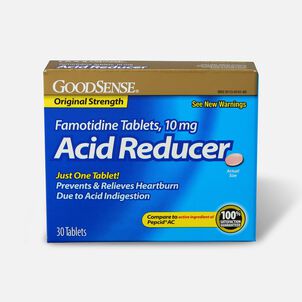The Complete HSA Eligibility List
Here it is — the most-comprehensive eligibility list available on the web. From A to Z, items and services deemed eligible for tax-free spending with your Flexible Spending Account (FSA), Health Savings Account (HSA), Health Reimbursement Arrangement (HRA) and more will be here, complete with details and requirements. Important Reminder: HSAs, FSAs, HRAs and other account types listed may not all be the same. Be sure to check with your administrator to confirm if something is eligible before making a purchase.
Here it is — the most-comprehensive eligibility list available on the web. From A to Z, items and services deemed eligible for tax-free spending with your Flexible Spending Account (FSA), Health Savings Account (HSA), Health Reimbursement Arrangement (HRA) and more will be here, complete with details and requirements. Important Reminder: FSAs, HRAs and other account types listed may not all be the same. Be sure to check with your administrator to confirm if something is eligible before making a purchase.
Laxatives: HSA Eligibility
Laxatives: eligible with a Health Savings Account (HSA)HSA Eligible Digestive Health
What are laxatives?
Laxatives are a type of medication that relieve temporary constipation by increasing stool motility and frequency. Laxatives contain active ingredients to alleviate primary and secondary forms of constipation, and can be ingested both orally or rectally, in pills, liquids, sprays or suppositories (Medical News Today).
One of the most common over-the-counter laxatives are called stimulant laxatives, which stimulate the intestinal lining to accelerate the frequency of bowel movements. In conjunction with increased water intake, stimulant laxatives are very effective, but should always be used in moderation to prevent diarrhea and intestinal cramping.
Other common laxative types include osmotic and hyperosmolar laxatives. Unlike stimulant laxatives, these medications encourage moisture from surrounding tissues to enter the intestines, saturating stool and alleviating constipation over time (ScienceDirect). Milk of Magnesia is a common example of these laxative types that are usually better suited to individuals who experience side effects from stimulant laxatives. .
Stool problems that laxatives resolve are often also easily resolved by proper exercise, increased hydration and a diet bolstered by fruits and vegetables high in fiber that aid in digestion.




